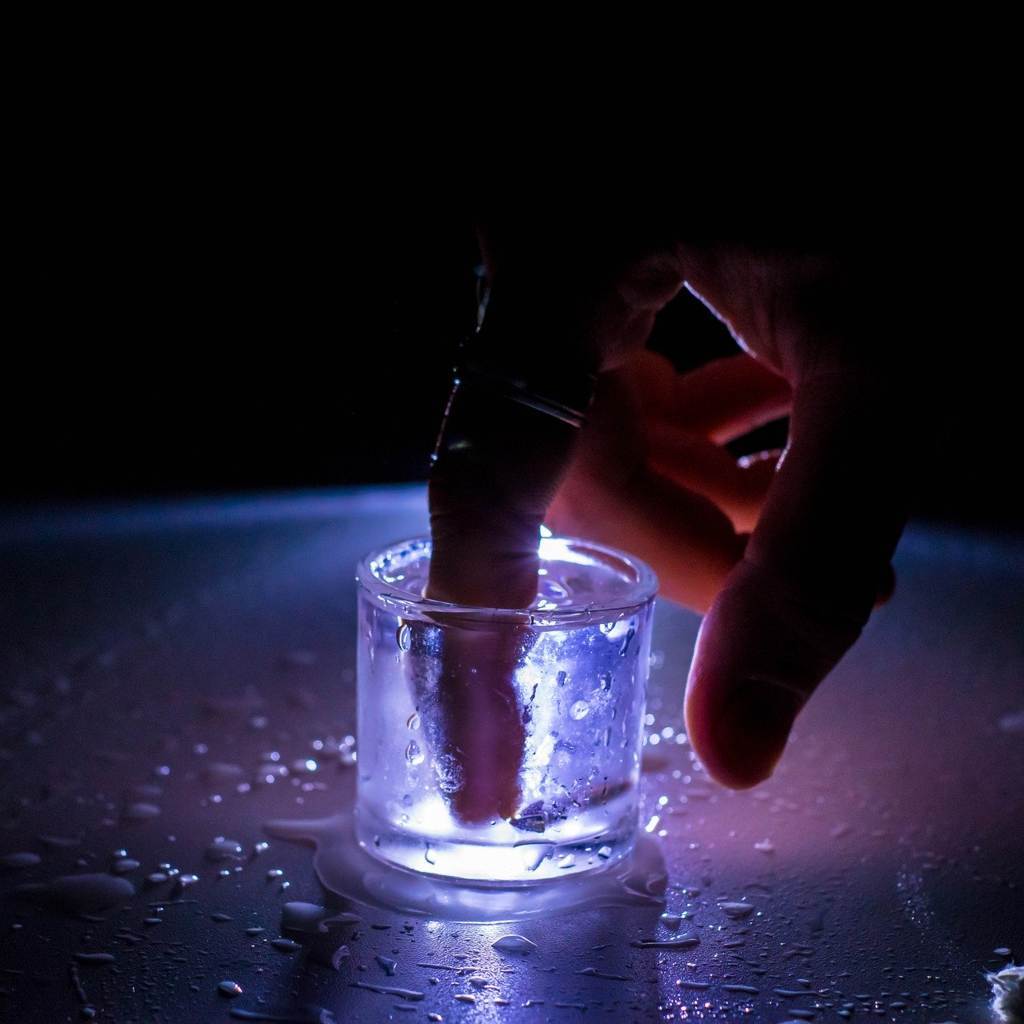Last updated: 09-08-2023
The tax law from Indonesia makes alcohol consumption pretty costly. Especially on a tourist island such as Bali where beers, cocktails and spirits are drank often. Because of the costs involved, locals in Bali (and Indonesia) reinvented Arak, a local distilled drink. The alcohol percentage varies in the drink between 30% – 60%. It depends on the process of making.
Arak is mostly produced illegally, where the government or any official oversight is not involved. Because of this, there is no quality control during and after the production process so it can cause harm or even death.
It is produced illegally because of the costs and taxes otherwise involved making the price of the eventual product a lot more expensive and thus unappealing. It is currently made using sugar cane, coconut and its palm juice.
Where does Arak originate from?
If we look at the past, we notice a lot of different countries made this alcoholic drink. All these different places had different spellings for the name: arak, araka, araki, ariki, arrack, arack, raki, raque, racque, rac, rank. Arak is from the Arabic language and it means condensation.
In the Canary islands when sugar cane was produced there, they made a arrack as a by-product.
In China before distillation was ever invented (so a few thousand years ago), the red rice and another plant that would contain yeast to trigger fermentation process was used to make a similar alcoholic drink.
Arak has come to be known as a distilled alcoholic drink to countries throughout the eastern Mediterranean and Asia. This is because in the 14th century, the knowledge of distillation spread from the middle east. (source: Wikipedia Arrack)
History of Arak in Indonesia
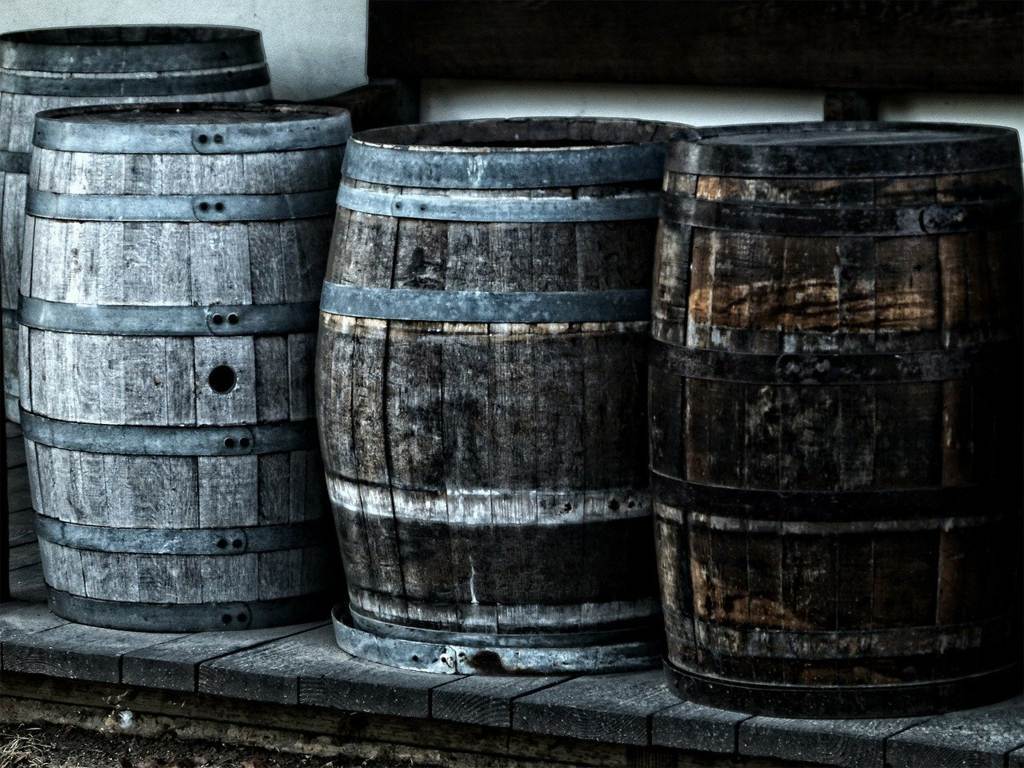
Arak was the popular alcoholic beverage during the colonial era. It was considered the rum of Indonesia (maybe still is) and was produced with sugarcane. In 1872 Arak was produced by Batavia Arak Company (Dutch Batavia-Arak Maatschappij) and were still operating in the 1950s. There is a variant still available to buy: Batavia Arak van Oosten. (source: History of Batavia Arrack)
Arak would be produced in Java and shipped to Rotterdam and Amsterdam in barrels. The Dutch had the whole monopoly going on with the VOC and production in Indonesia.
Is Arak Safe?
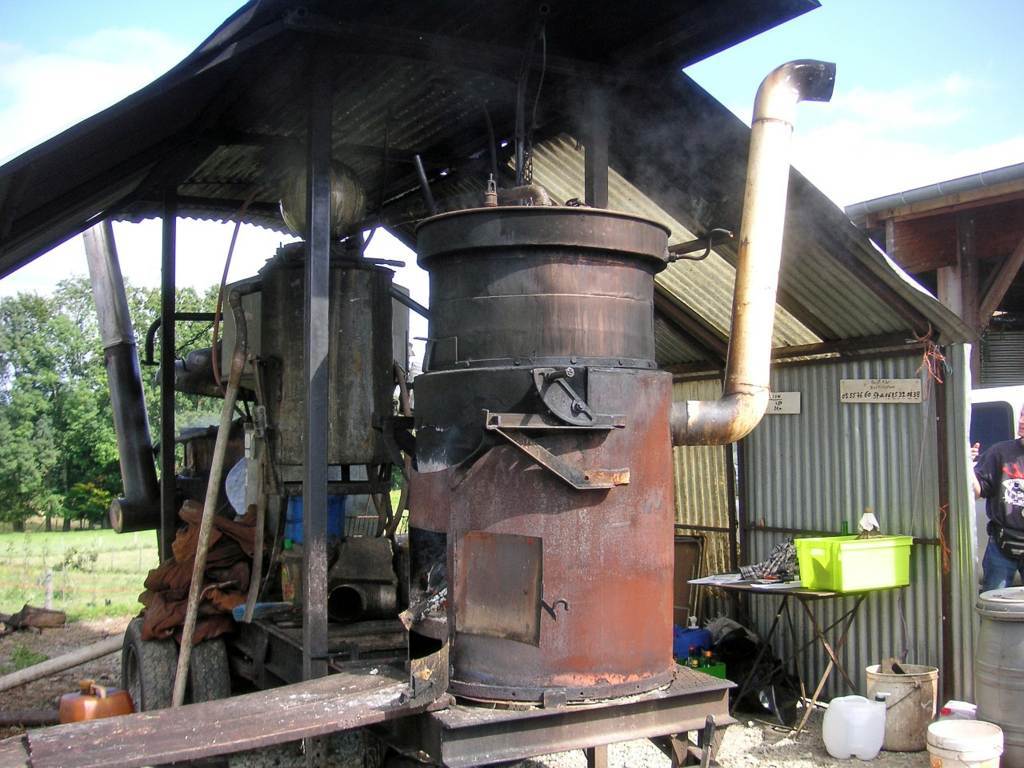
No! As long as it is not distilled largely illegal with control the answer is simple. No, it is not safe. During 2013-2016 in Indonesia 487 people died from Methanol poisoning. Methanol is used to spike Arak, making the alcohol percentage go up. It takes 10ml to have a lethal dose. (source safeproof)
Since there is no (quality) control on the production process it is not considered safe. You might encounter many people drinking it, because they want to drink something and not pay something expensive for it.
You might get it even offered by veteran arak drinkers. But think about it, out of 487 people in 3 years, how many could have been veteran arak drinkers. Most victims were unaware of the dangers of arak. I hope with this you can be warned from home/self-made distilled alcoholic drinks
The negative effects from poisoned/bad arak are:
- Blindness
- Coma
- Death
It’s just like any moonshine.
Update: As of recent there is one brand produced legally: Arak Bali. More on that at The Jakarta Post
Why is Arak so popular?
Indonesia, especially Bali, is known for its vibrant nightlife The bars, the beaches, the music – it all comes together beautifully. But there’s one problem. Alcohol is expensive. Taxes make drinks like beer, cocktails, and other spirits cost quite a lot. So, what did the local folks do? They came up with their own drink. They call it Arak.
Arak is an alcohol that’s brewed locally. Depending on how it’s made, it can be anywhere between 30% and 60% alcohol. That’s strong!
Tip: also checkout safe ways to use an ATM in Bali.
Arak Bali bottles and design
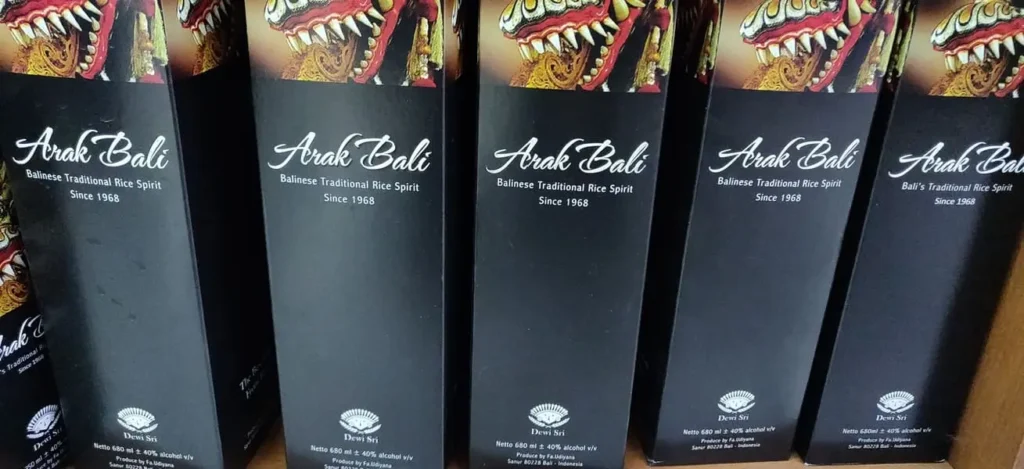
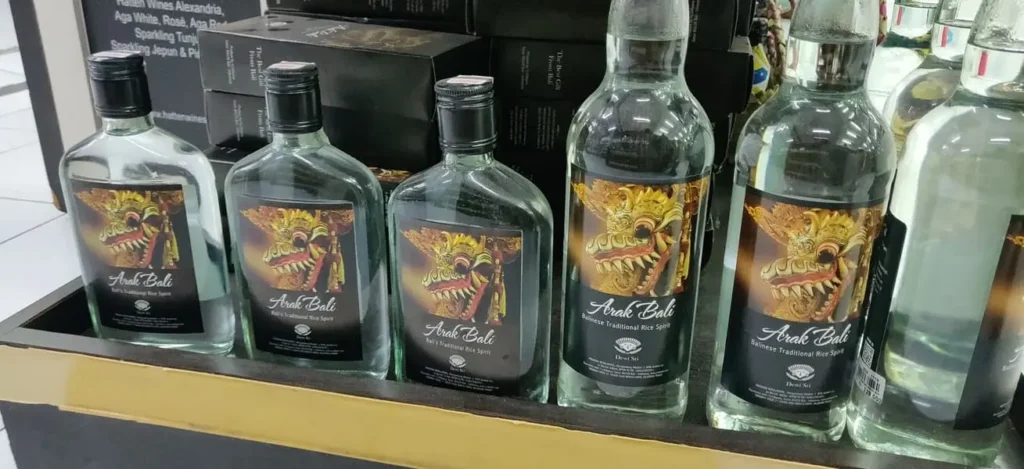
Since so many illegal distilled Arak goes around in Bali, a legal one is made. This is how the Arak Bali looks like. It’s available in supermarkets like Coco Mart, Ithon and other big chains. I haven’t seen them in Cahaya supermarket chain. But this gives you a good insight how the good one looks like!
Never buy arak that is filled in a plastic aqua bottle. This can be very dangerous and fatal!
Alcohol in Indonesian Society: More Than Just a Drink
According to anthropologist at University of Udayana Raymond Michael Menot, alcohol has been a part of Indonesian civilization since its beginnings. Traditional alcohol, such as Arak, fulfills three critical functions in Indonesian society: it plays a role in rituals, social gatherings, and even environmental adaptation. (Source: BBC Arak Bali)
For instance, in regions like Bali, East Nusa Tenggara (NTT), Manado, and Kalimantan, traditional alcohol forms a crucial part of traditional rituals. It’s also served to guests as a symbol of hospitality in many communities. Besides, in the harsh Indonesian climate, alcohol can help people adapt, especially fishermen who need to brave challenging sea conditions.
Apart from its social and environmental uses, traditional alcohol also has medicinal value in many Indonesian cultures. It’s been used to treat ailments like fevers, toothaches, and headaches. Thus, despite its potential risks, alcohol holds significant cultural value in Indonesian society.
How Balinese Arak contributed to the Corona Pandemic
During the pandemic, hand sanitizers were running low. The Police was looking into the possibility with Udayana University from making Arak into disinfectants. They handed over 3000 liters of arak. (Source: Coconuts)
With further distillation, they can reach above 60% or higher and should be enough.
The Traditional Indonesian Alcohols
Arak isn’t the only traditional alcohol in Indonesia. There are several others, each with its unique cultural significance and brewing process.
Tuak is an alcoholic beverage popular in various regions like Lombok, Bali, and Tuban, East Java. It’s made from fermented sugar palm sap and usually has an alcohol content of around 8%. However, this level can be increased through distillation.
Sopi is a traditional drink from Flores, East Nusa Tenggara. This beverage is made from the fermented sap of the sugar palm or fan palm. Making Sopi is a time-consuming process, and for the people of Flores, it holds deep philosophical significance, symbolizing unity. It is often served at significant events like rituals or traditional ceremonies.
Arak Bali, different from the common Arak, is a distinctive alcoholic beverage produced in villages like Les in Buleleng, North Bali. This drink, often mixed with juice or syrup, has an alcohol content of around 30-50% but isn’t intended to induce intoxication. Most popular Arak comes from Karengasem. This is some common knowledge amongst the locals in Bali.
Swansrai is an alcoholic beverage common in areas like Biak, Papua. Made from the fermented sap of mature coconut trees, Swansrai typically has an alcohol content of 20-30%. It’s often enjoyed during family events and bonding moments with friends or relatives.
Drinking alcohol safely in Bali or Indonesia
First of all, drink responsibly and not too much! Don’t drink and drive! Ok now having said that stick to beer, wine or any other bottled spirits you can buy at the official store.
Do not buy it from the street! ever! If you see the option Arak on the menu card of a restaurant then it’s possibly not even a legally produced Arak. Take control over the situation and minimize risk. if you really want to buy Arak, then you got to go around the supermarkets that sell liquor. Remember it’s Arak Bali and not something else shady.
Be safe everyone.
Hi I am Dwi. I am a blogger, travel agent and a mom of a lovely daughter and wife to a supportive husband. I customize and plan tours in Bali and islands nearby for a living and have been doing this for more than 14 years. Get in touch via contact [at] taletravels.com
